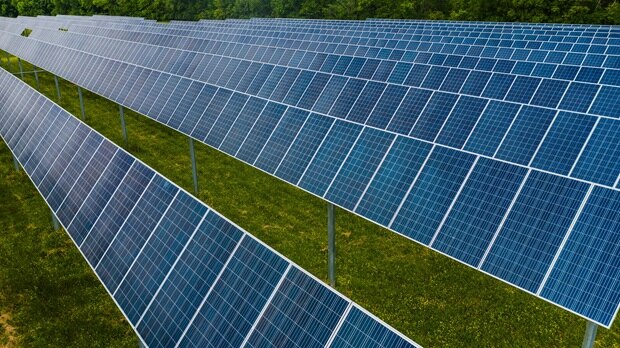A recent report from the International Energy Agency (IEA) said that while natural gas dominates in electricity generation in the Middle East, renewable energy is also gathering pace. It also said that the region’s electricity demand has also grown moderately.
“Middle East electricity demand growth is estimated to have increased by 2% in 2023, down two-thirds from the 3.3% observed in 2022 amid weaker economic activity and despite higher temperatures boosting cooling. For the 2024-2026 outlook period, we forecast stronger growth of an average 3%, led higher by economic growth. Fossil fuel’s share in electricity generation is expected to decline from 93% in 2023 to 90% by 2026,” the IEA report said.
It also added, “In parallel, the share of low-emissions sources rises from 7% to 10%. Nuclear power generation increased by 50% in 2023 versus 2022, and is forecast to rise by 29% in 2024 and 14% in 2025, before plateauing in 2026. At the same time, renewable generation rose by about 20% in 2023, and is set to increase by a similar 23% in 2024 before easing to 11% on average in 2025-2026.”
The IEA report said that the annual power generation emissions remained largely unchanged in 2023, as increased use of nuclear and renewables in power generation offset higher fossil fuel use. “However, from 2024 to 2026, electricity generation emissions are set to increase by an average annual growth rate of 1%, as natural gas-fired generation grows by 2.4% per year. Oil-fired output is expected to decline on average by less than 1% per year,” the report said.
It also said that carbon dioxide intensity of power generation in the Middle East declined by 2.3% to 552 g CO2/kWh in 2023, amid the rising share of nuclear generation led by in the UAE.
“Over the 2024-2026 outlook period, CO2 intensity is forecast to fall further, by an average annual 1.7% to 497 g CO2/kWh, as the share of nuclear and renewables rise in the region’s electricity generation mix,” the IEA report said.
The report said that Saudi Arabia aims to reach 50% of renewables in its generation mix by 2030. In 2023, the country shortlisted contractors for 1.5 GW of solar PV projects to be commissioned by 2026. “In addition, through the Neom Green hydrogen project, the Kingdom expects to produce 600 t/d of low emission hydrogen and 1.2 Mt/y of green ammonia powered by 3.9 GW of renewable energy over the same time frame. The project reached a final investment decision (FID) in 2023. Renewable generation, though growing rapidly, is expected to account for only around 4% of Saudi Arabia’s total generation in 2026, up from 1% in 2023,” the report said.


